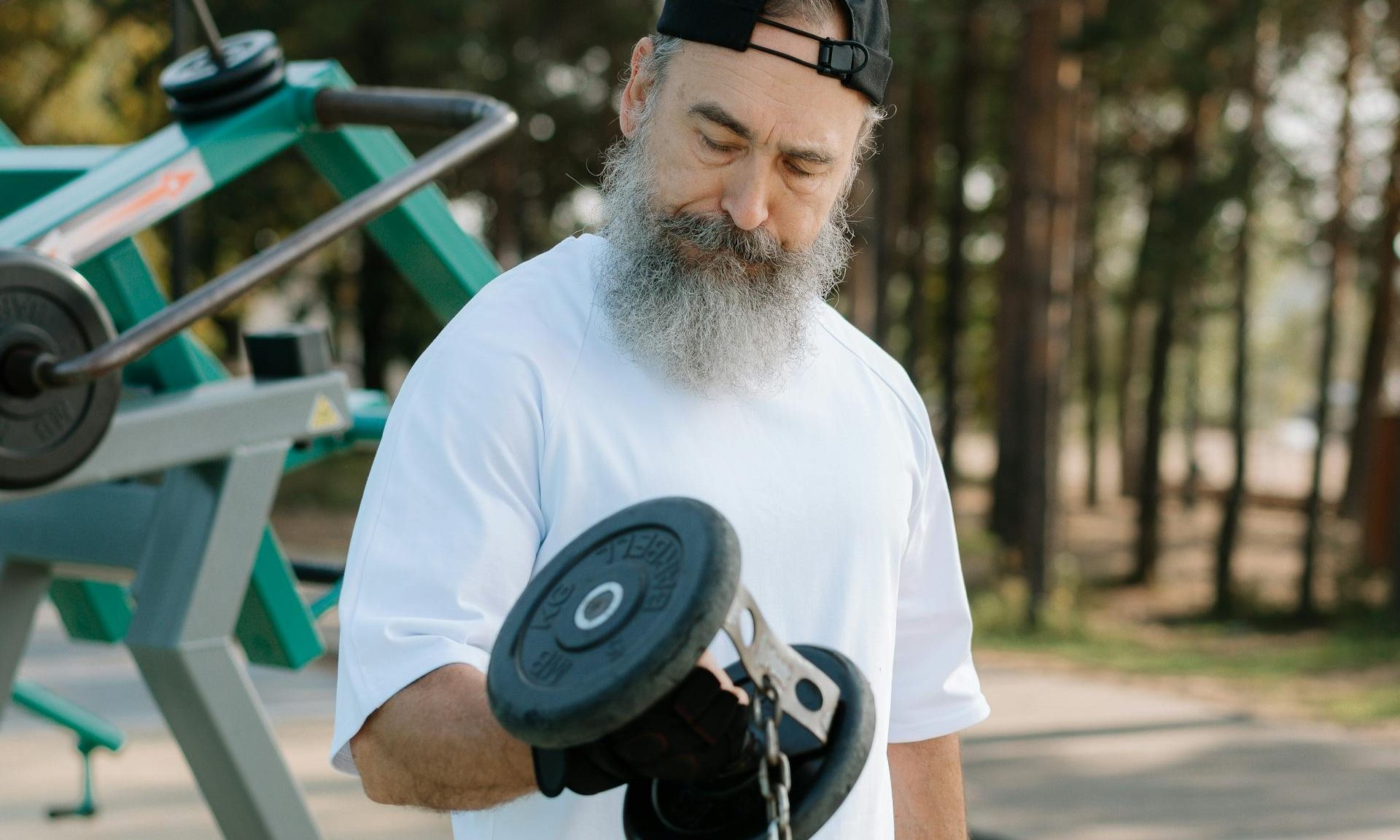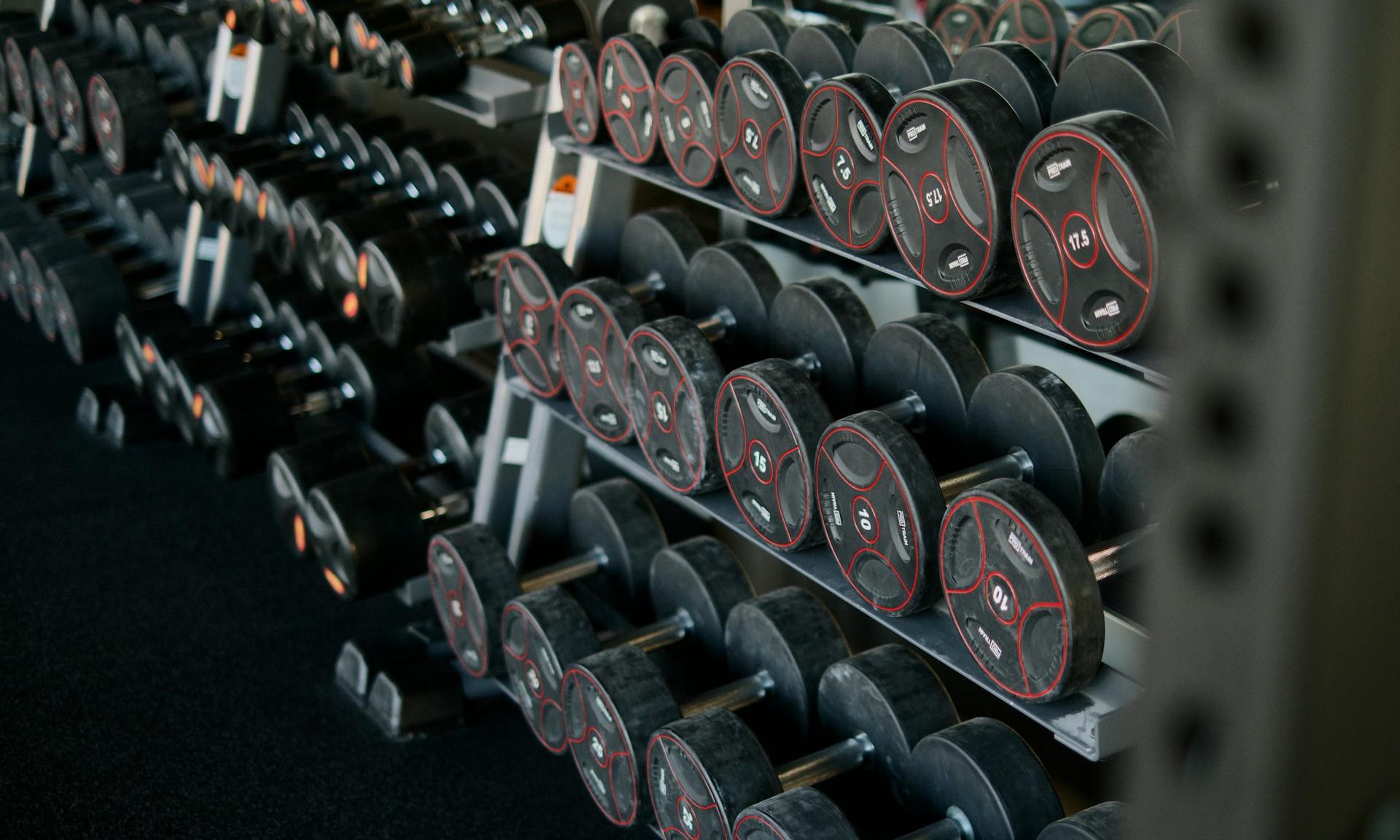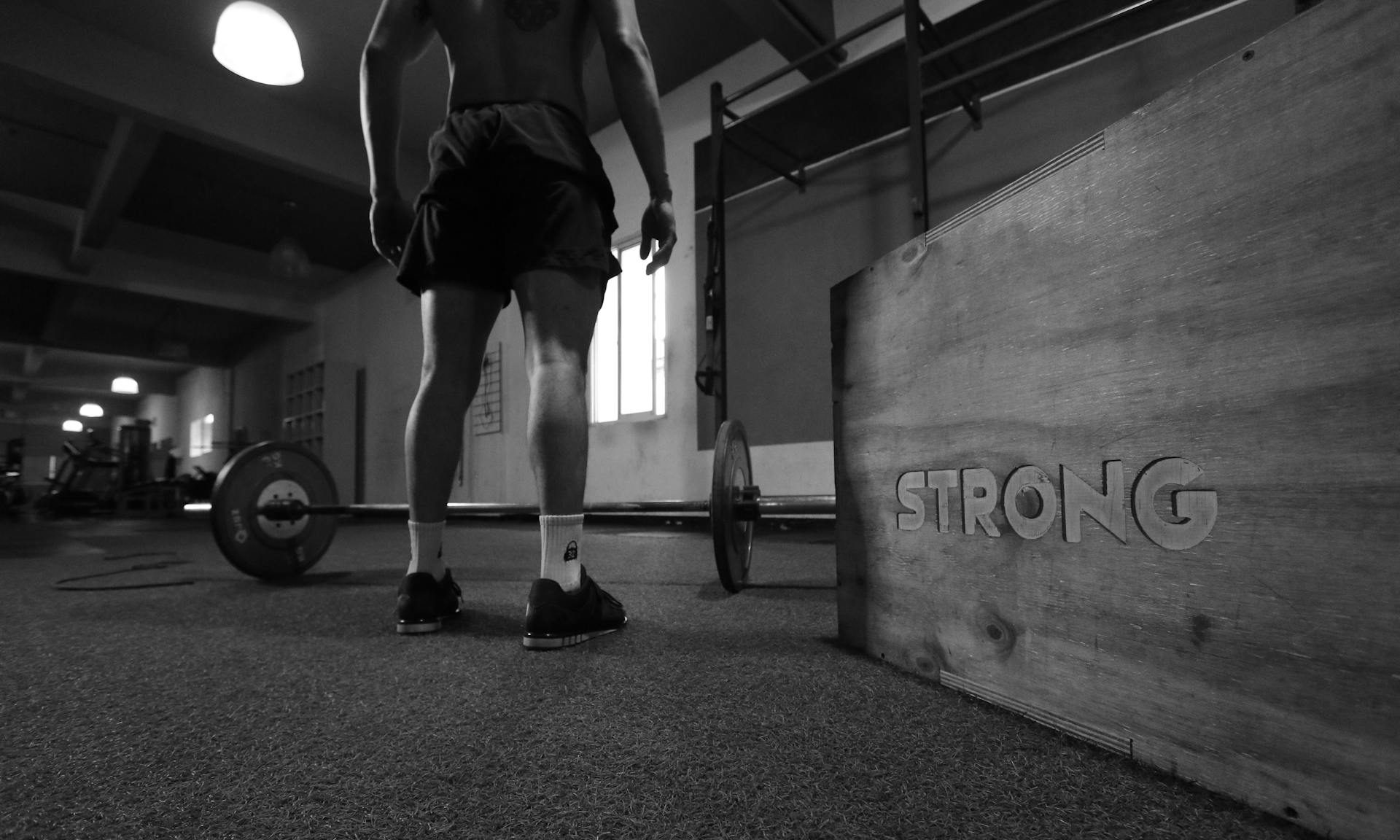Lifting heavy weights isn’t just for the young ones. Lately, more researchers have been exploring how strength training affects older adults and if the many benefits of pumping iron continue throughout the years. It makes sense that challenging your muscles can prompt them to grow stronger over time, so should we really slow down as we age, or should we continue to pick up those weights? Let’s look at the new research.
The review

In a new review published in the Journal of Cachexia, Sarcopenia, and Muscle, researchers set out to explore how heavy lifting at around 80 to 85% of the one-rep max benefits older adults. The researchers point out that older adults usually experience reductions in skeletal muscle maximal strength and ability to rapidly produce force. They also state that there’s over three decades of convincing research revealing how strength training can significantly improve maximal strength and muscle power, which consequently enhances general health and physical performance and makes older adults less likely to fall and get injuries.
The researchers wanted to explore if lifting weights in the “heavy to very heavy domain of the spectrum” could yield large increases in muscle strength due to the focus on neural adaptations and relatively low risk when performed safely and properly. This could benefit older adults despite current guidelines recommending a lower to moderate intensity lifting at 60 to 70% of the one-rep max.
What is the one-rep max?

Your one-rep max or 1RM refers to the heaviest weight you can lift for one repetition of a particular exercise, while maintaining safety and proper form.
The results

The results showed that heavy and very heavy strength training could potentially help to reverse decades of age-related decline in one-rep max and muscle power for both healthy older adults and those dealing with chronic diseases. This new, large review highlights the positive effects of heavy strength training as well as the feasibility, safety, and clinical implications of this type of exercise.
The researchers concluded that older adults should also focus more on the lower extremities because the strength loss tends to be more pronounced in the lower locomotor muscles with aging.
Concluding thoughts

This review shows us that you don’t have to slow down and lift lighter weights as the years go on, and that lifting heavier weights is beneficial for your overall health and longevity. Not only that, staying dedicated to your heavier lifting can help you improve your one-rep max and lead to greater strength gains over time. This research emphasizes that heavier loads at 80 to 90% of your one-rep max with fewer repetitions at around three to five per set could yield more muscle power, no matter your age.




